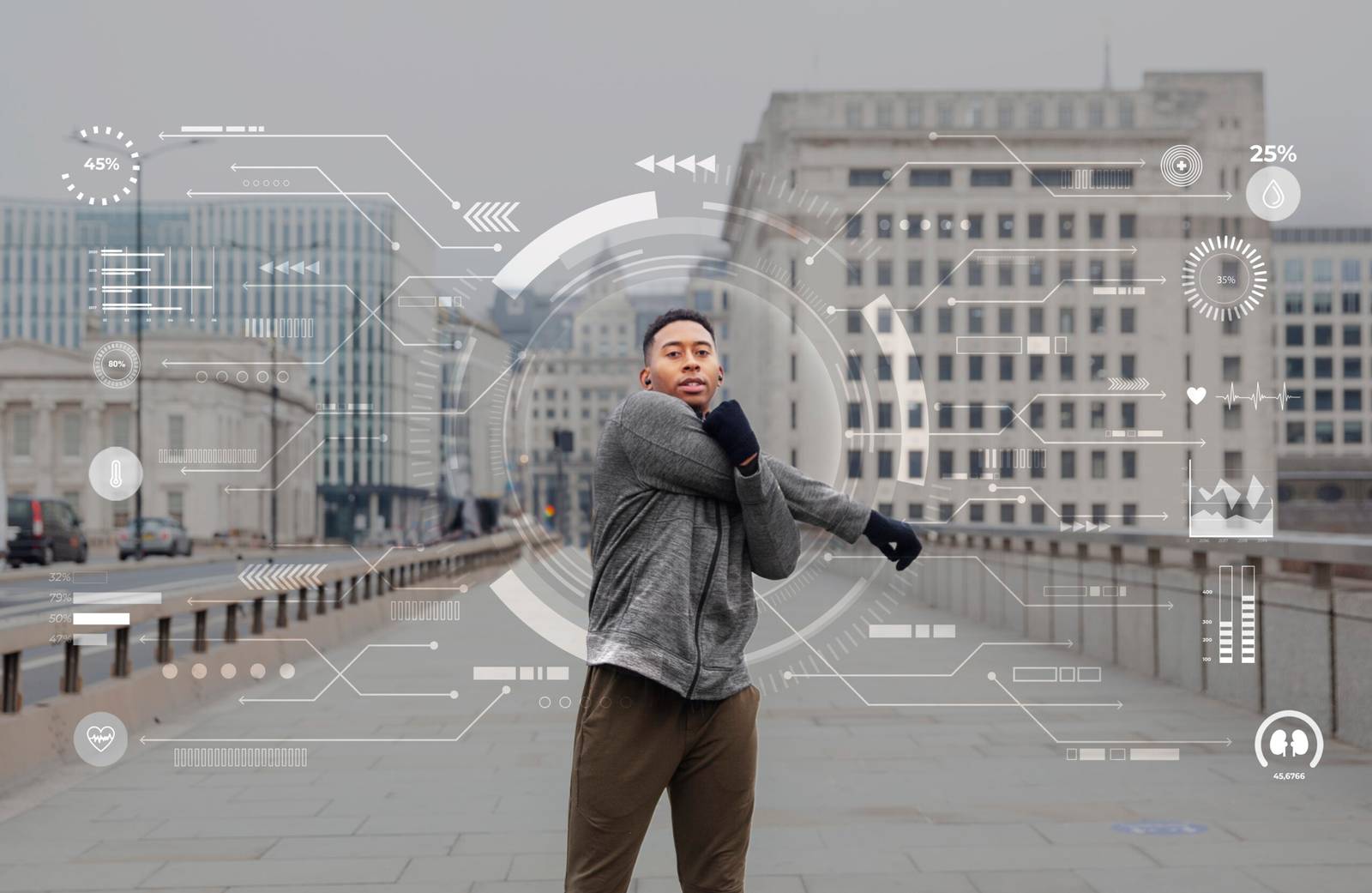How Technology is Enhancing Urban Living

by Web Digital
Cities are the epicentres of human civilization, with more than half of the world’s population living in urban areas. However, rapid urbanization has brought forth numerous challenges, including traffic congestion, pollution, inefficient resource utilization, and a strain on public services. In response to these challenges, the concept of “smart cities” has emerged, leveraging technology to create more efficient, sustainable, and livable urban environments. In this article, we will explore how technology is transforming cities into smart, interconnected hubs that enhance urban living for their residents.
I. Smart Infrastructure for Efficient Transportation
One of the most visible aspects of smart cities is the optimization of transportation systems. Traffic congestion is a pervasive issue in urban areas, leading to wasted time, increased pollution, and higher stress levels. Smart cities use technology to alleviate these problems.
1. Intelligent Traffic Management: Advanced sensors, cameras, and real-time data analysis enable smart traffic management systems. These systems can adjust traffic signals in real time, optimize routes for public transportation, and provide commuters with accurate traffic updates through mobile apps. As a result, congestion is reduced, and commute times are shortened.
2. Electric and Autonomous Vehicles: Smart cities are at the forefront of promoting electric and autonomous vehicles. Electric vehicles reduce emissions, while autonomous vehicles have the potential to further reduce traffic accidents and congestion by optimizing traffic flow and parking.
II. Sustainable Energy Management
Sustainability is a key component of smart city initiatives. By utilizing renewable energy sources and optimizing energy consumption, cities can significantly reduce their carbon footprint and energy costs.
1. Renewable Energy Integration: Smart cities often incorporate renewable energy sources like solar panels and wind turbines into their infrastructure. These sources generate clean, sustainable energy to power streetlights, buildings, and even electric vehicle charging stations.
2. Energy Efficiency: Smart meters and energy management systems allow residents and businesses to monitor and optimize their energy consumption. This not only reduces energy bills but also contributes to overall energy efficiency.
III. Improved Public Services
Efficient public services are crucial for enhancing urban living. Technology plays a pivotal role in streamlining and improving these services.
1. Smart Healthcare: Telemedicine and health monitoring devices enable residents to access healthcare services more conveniently. Additionally, predictive analytics can help city governments allocate healthcare resources where they are needed most effectively.
2. Waste Management: Smart waste management systems use sensors to optimize trash collection schedules. This reduces costs, minimizes environmental impact, and keeps the city cleaner.
3. Enhanced Public Safety: Smart cities employ surveillance cameras, gunshot detection systems, and data analysis to enhance public safety. These systems can help law enforcement agencies respond more effectively to emergencies and reduce crime rates.
IV. Digital Governance and Citizen Engagement
Transparency and citizen engagement are vital for good governance in smart cities.
1. E-Government Services: Smart cities offer online platforms for citizens to access government services, pay taxes, and participate in public consultations. This streamlines administrative processes and enhances transparency.
2. Open Data Initiatives: Cities provide open access to various datasets, enabling entrepreneurs and researchers to develop innovative solutions for urban challenges. Open data initiatives promote creativity and collaboration within the community.
V. Urban Planning and Sustainability
Smart cities use technology to create sustainable urban environments.
1. Smart Buildings: Buildings equipped with IoT sensors can adjust lighting, heating, and cooling based on occupancy and external conditions, reducing energy waste.
2. Green Spaces: Technology assists in the planning and maintenance of parks and green spaces. These areas improve air quality, reduce heat island effects, and provide recreational opportunities.
3. Mobility as a Service (MaaS): MaaS platforms integrate various transportation options, such as buses, subways, ride-sharing, and bike-sharing, into a single, user-friendly app. This encourages the use of public transportation and reduces the reliance on private cars.
Conclusion
Smart cities are a testament to the transformative power of technology in urban development. They offer a glimpse into a future where cities are more sustainable, efficient, and livable for their residents. As technology continues to advance, smart cities will evolve and adapt, addressing new challenges and improving the quality of life for millions of people worldwide.
However, the implementation of smart city initiatives also comes with challenges, such as data privacy concerns and the digital divide. To ensure that the benefits of technology are accessible to all citizens, city planners, governments, and tech companies must work collaboratively, guided by principles of equity, inclusivity, and sustainability. As we move forward, smart cities hold the promise of reshaping urban living for the better, creating more connected, efficient, and sustainable urban environments for generations to come.
Recommended Posts

Web Design Trends in Toronto for 2025
September 12, 2025


